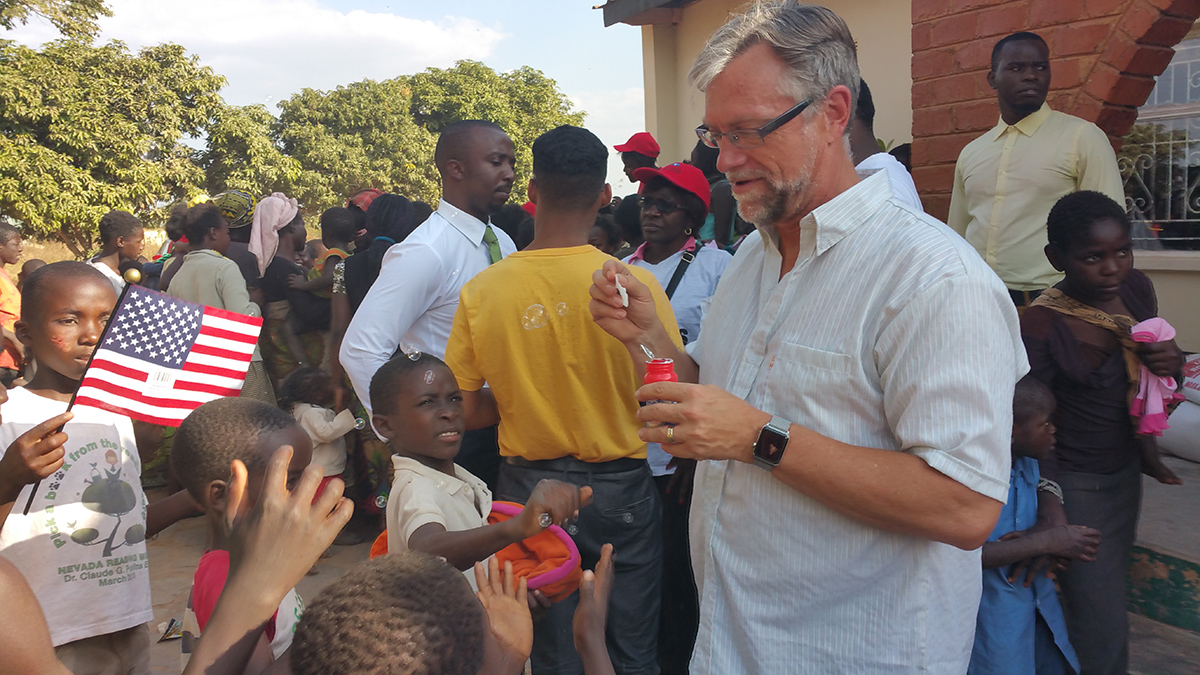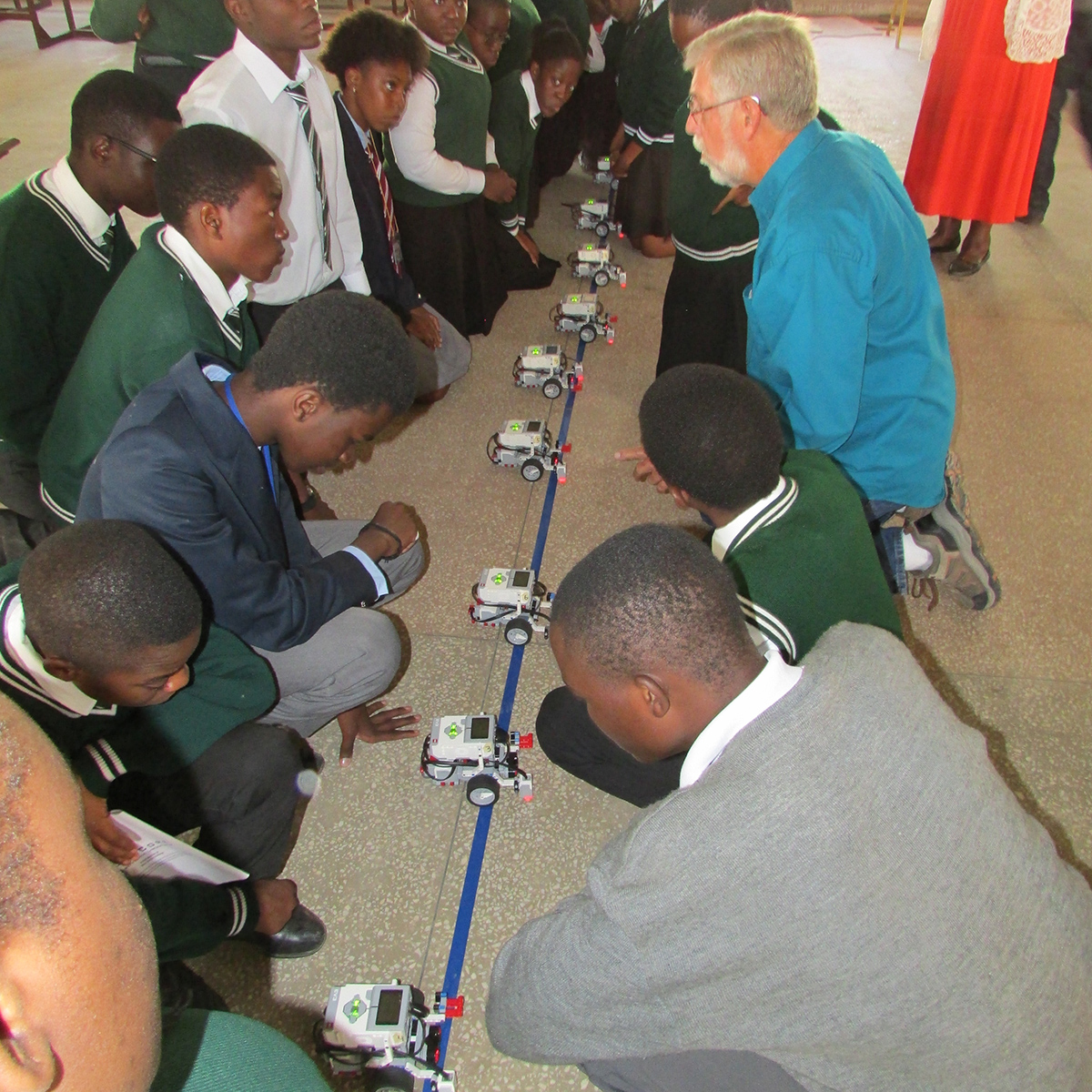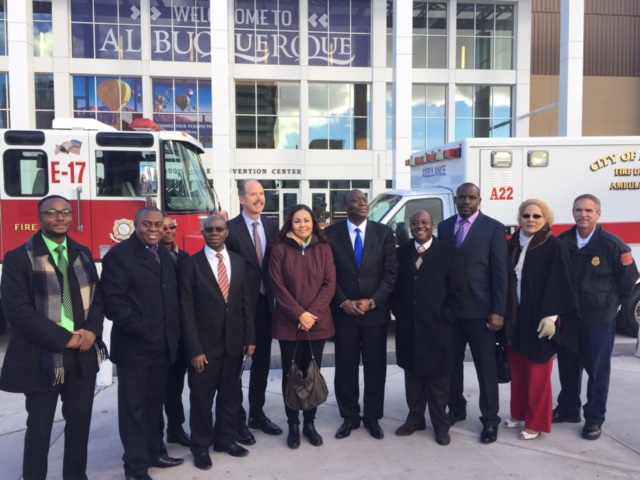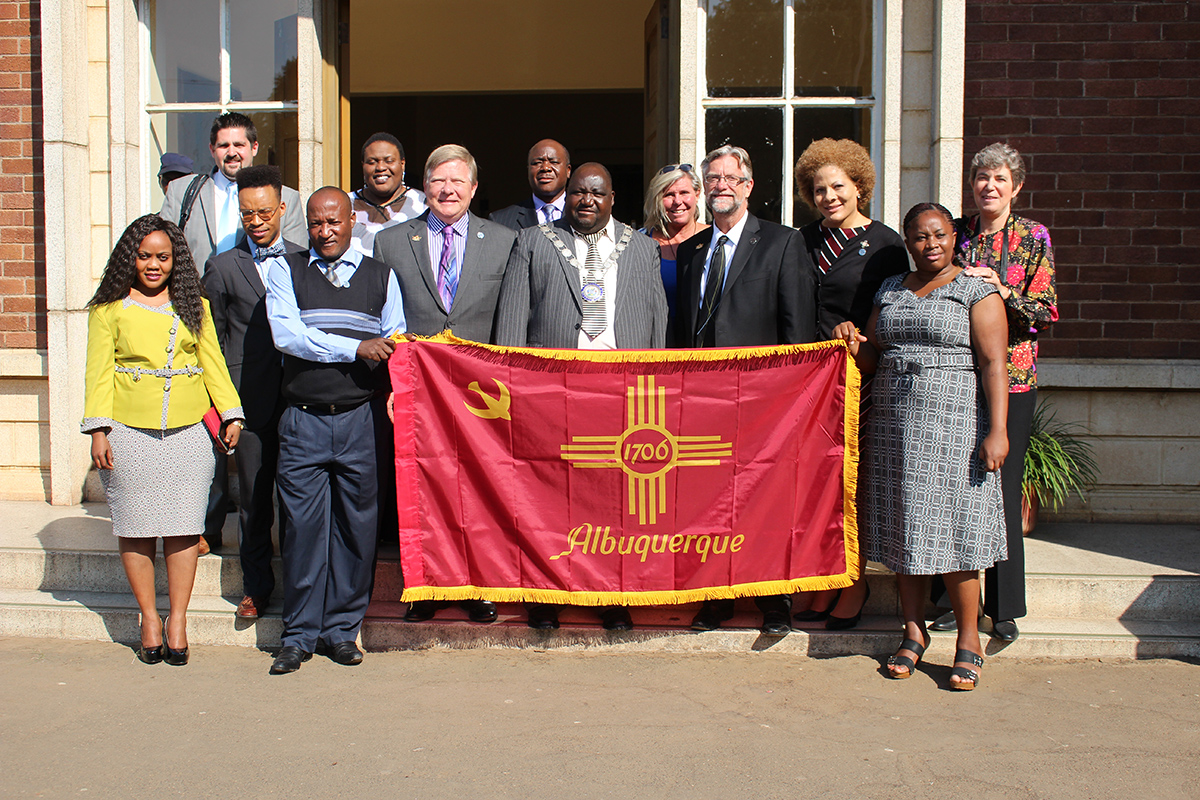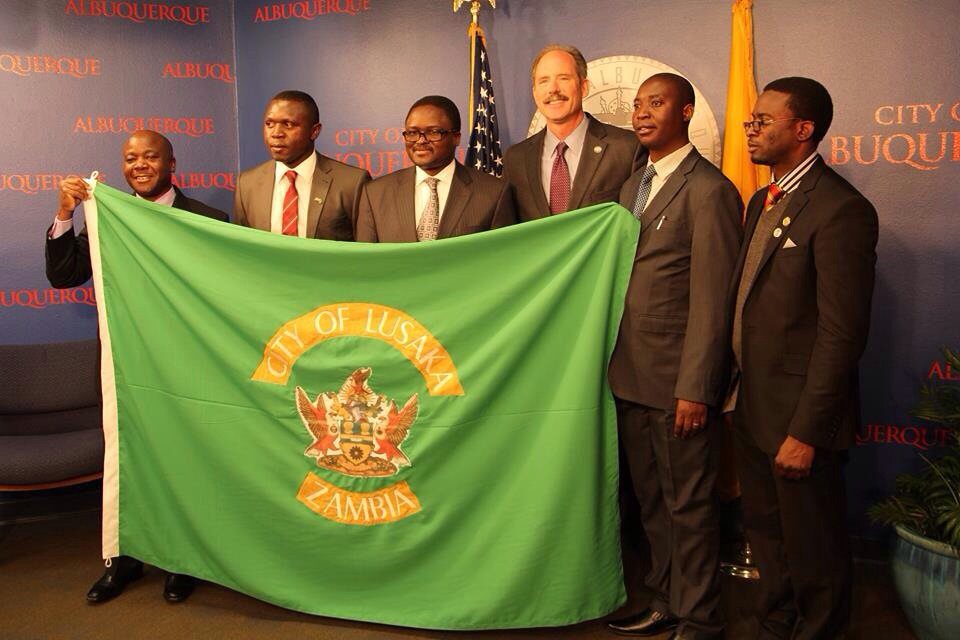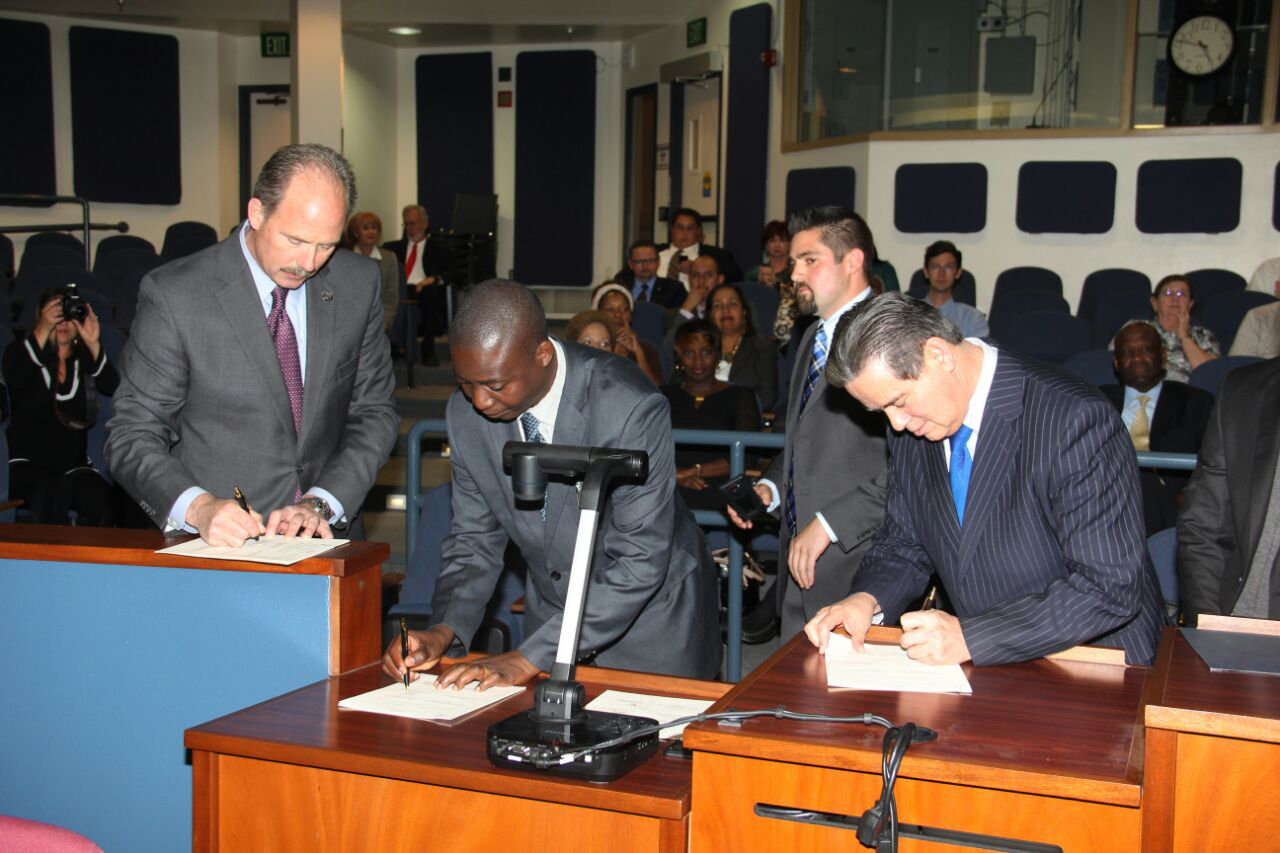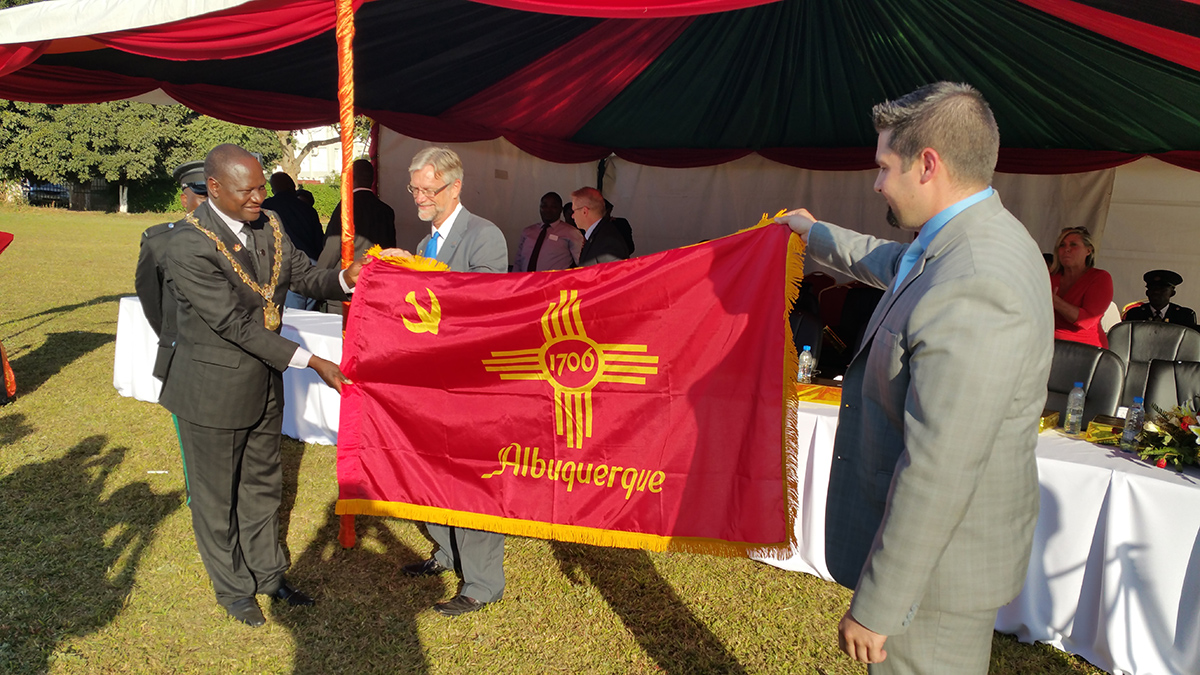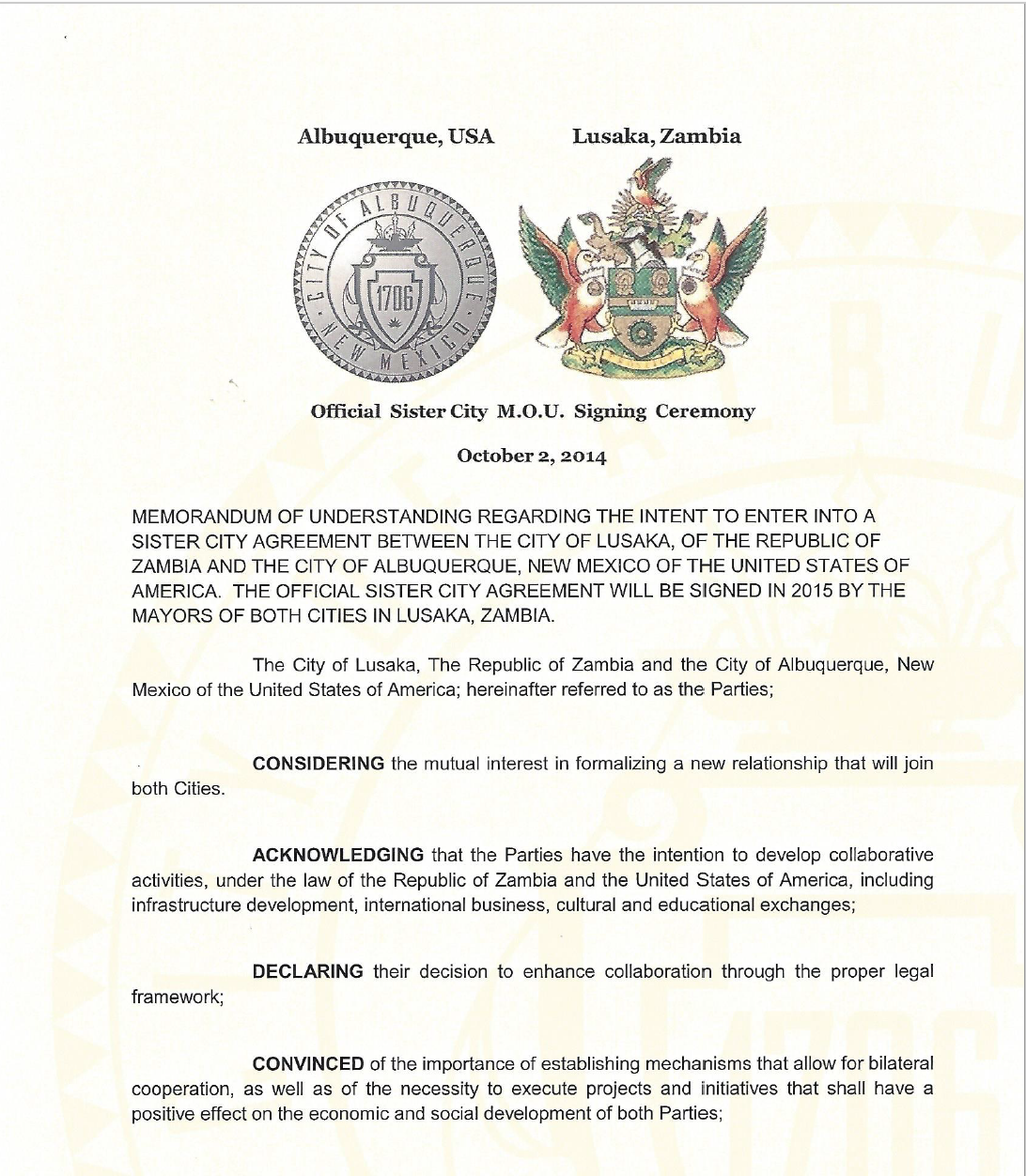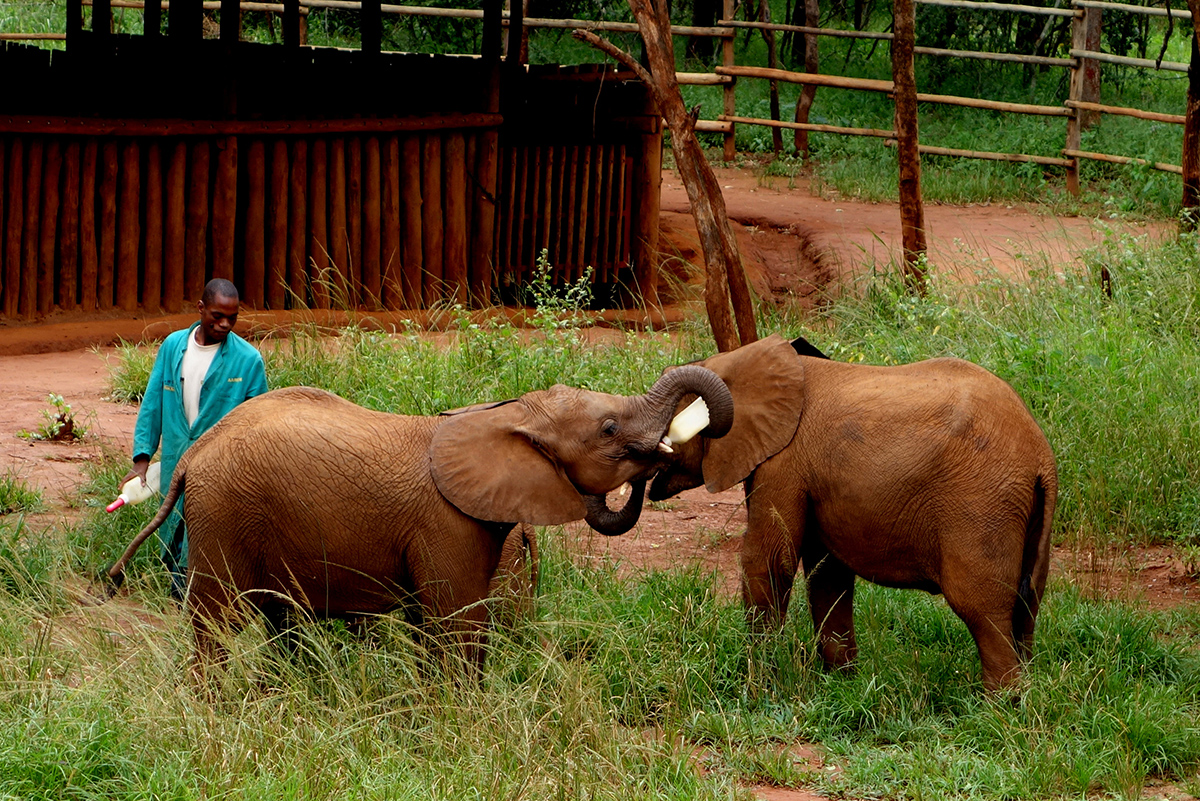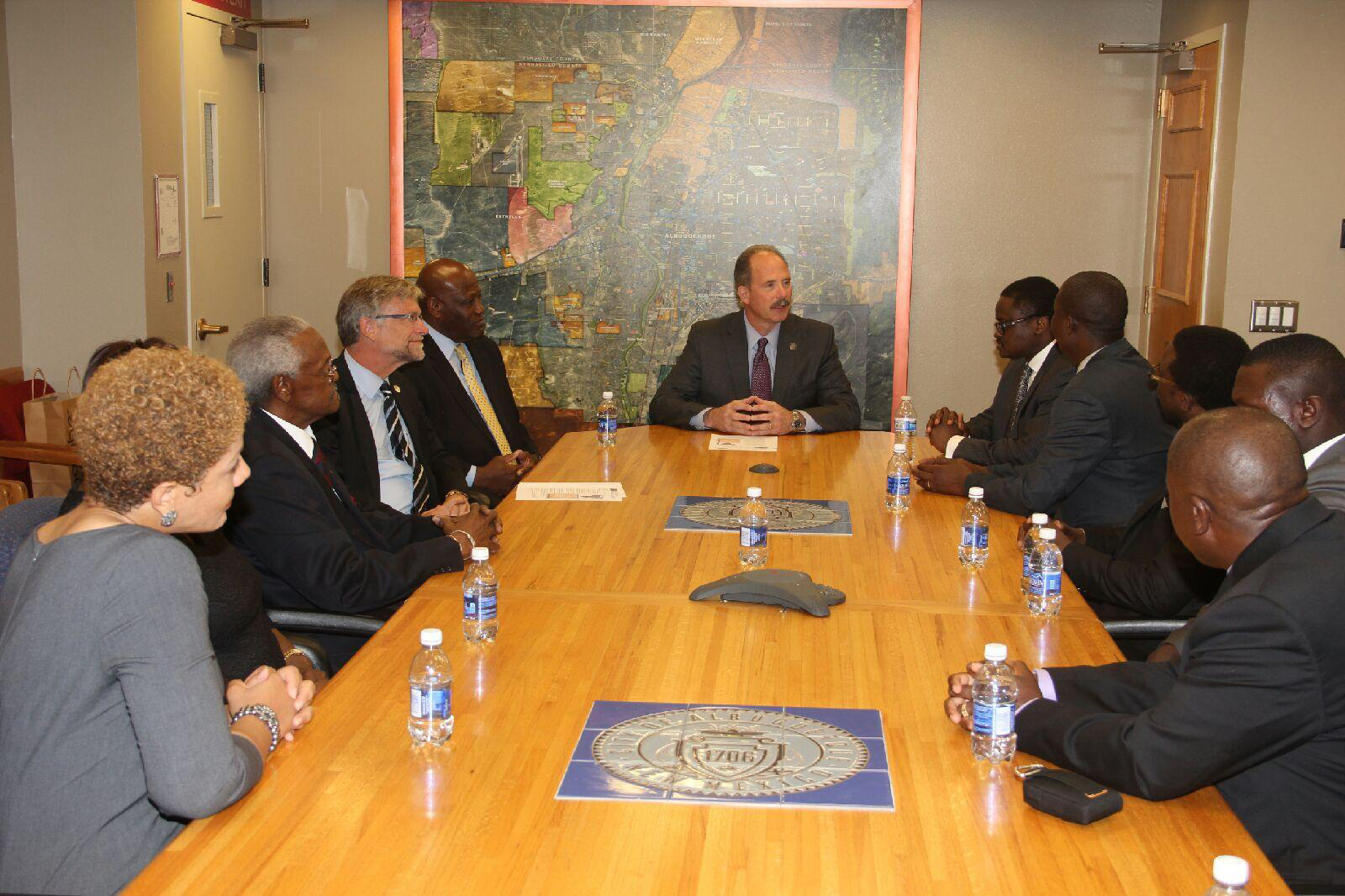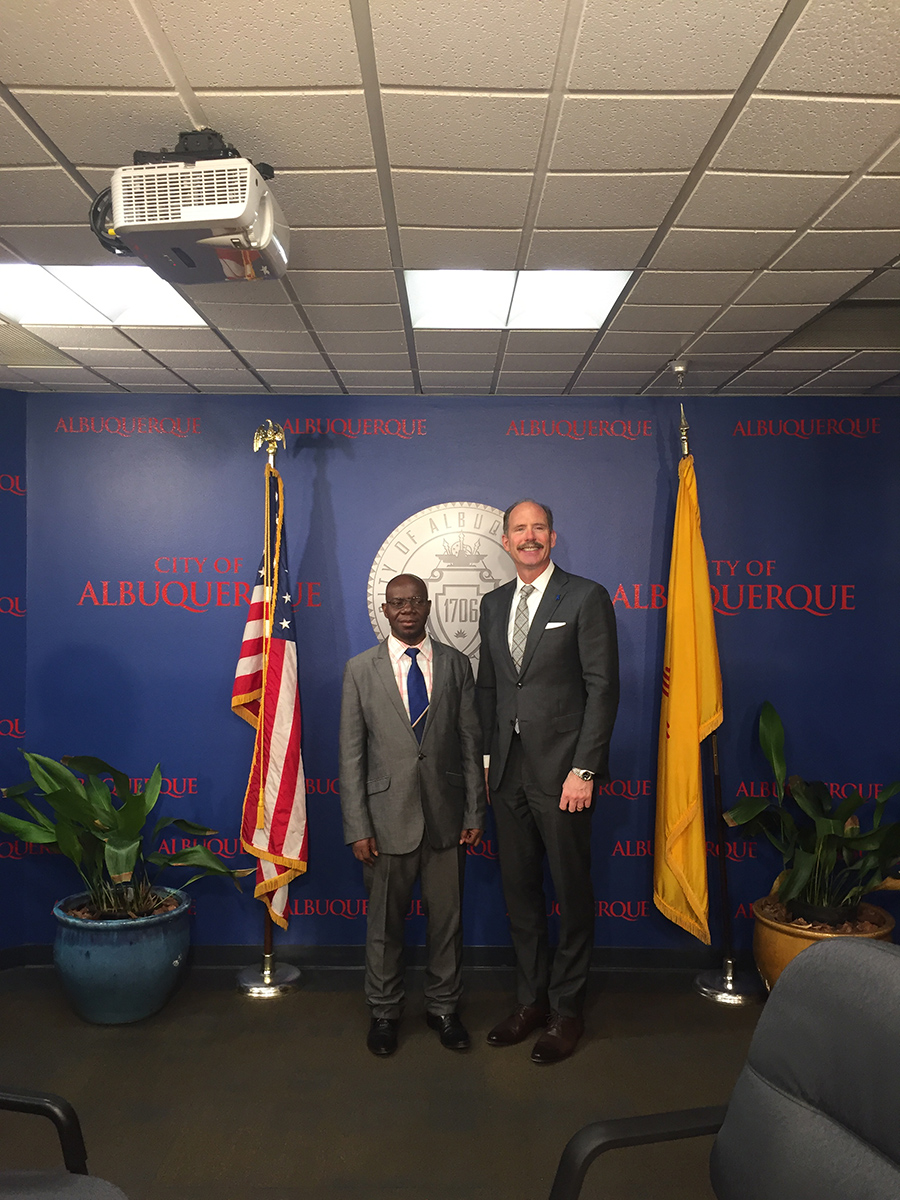LUSAKA, Zambia
Lusaka is the capital of Zambia. In the center, sprawling Lusaka City Market sells clothing, produce and other goods. The National Museum exhibits archaeological finds and contemporary art. Nearby, the Freedom Statue commemorates Zambia’s struggle for independence. South of the city, Munda Wanga Environmental Park has a wildlife sanctuary and botanical garden. The Lilayi Elephant Nursery cares for orphaned elephants.
It is the capital and largest city of Zambia. It is one of the fastest developing cities in southern Africa[citation needed]. Lusaka is in the southern part of the central plateau at an elevation of about 1,279 metres (4,196 ft). As of 2019, the city’s population was about 3.3 million, while the urban population is estimated at 2.5 million in 2018.[7] Lusaka is the centre of both commerce and government in Zambia and connects to the country’s four main highways heading north, south, east and west. English is the official language of the city administration, while Nyanja and Bemba are the commonly spoken street languages.
Lusaka was the site of a village named after its Chief Lusaka, which, according to history, was located at Manda Hill, near where the Zambia’s National Assembly building now stands. In the Nyanja language, Manda means “graveyard.” The area was expanded by European (mainly British) settlers in 1905 with the building of the railway.[8][9]
In 1935, due to its fairly central location, its situation on the railway and at the crossroads of the Great North Road and Great East Road, it was chosen to replace Livingstone as the capital of the British colony of Northern Rhodesia.[10][11]
After the federation of Northern and Southern Rhodesia in 1953, it was a centre of the independence movement amongst some of the educated elite that led to the creation of the Republic of Zambia. In 1964, Lusaka became the capital of the newly independent Zambia.[10]
In recent years, Lusaka has become a popular urban settlement for Zambians and tourists alike. Its central nature and fast growing infrastructure sector have increased donor confidence and as such Zambians are seeing signs of development in the form of job creation, housing, etc. Lusaka is home to a diverse community of foreign nationals, many of whom work in the aid industry as well as diplomats, representatives of religious organisations and some business people.[10] Source
CONTACT INFORMATION
Lusaka Chair
Lusaka Co-Chair
GEOGRAPHY & FACTS
City Seal
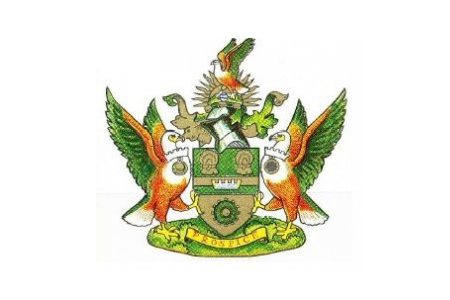
Distance to ABQ
15,029 km
9338.58 mi
Population
3.3 million (2019)
AREA
161.4 mi²
Country Flag
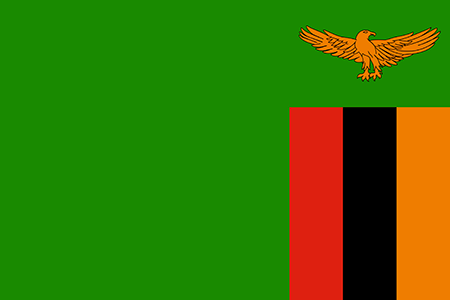
Coordinates
15.3875° S, 28.3228° E
Sister City Date
Oct 2, 2014
RESOURCES
Lusaka, Zambia
Lusaka, Zambia

